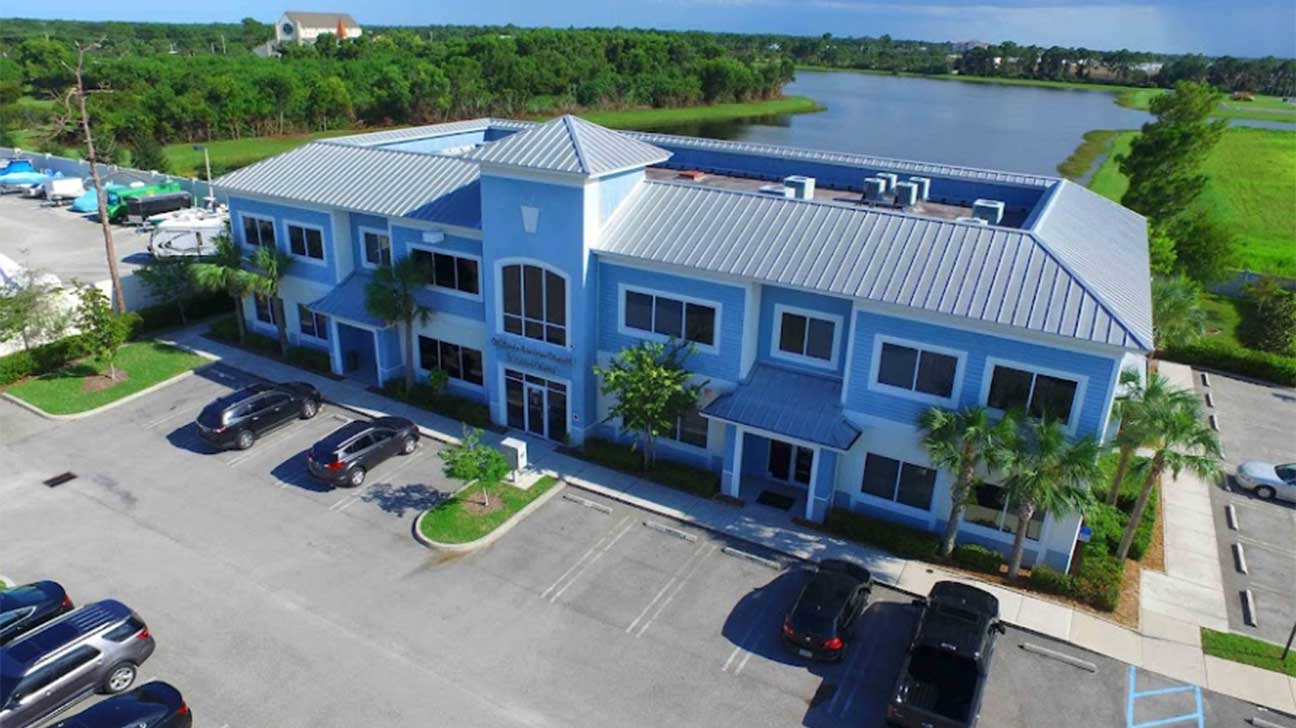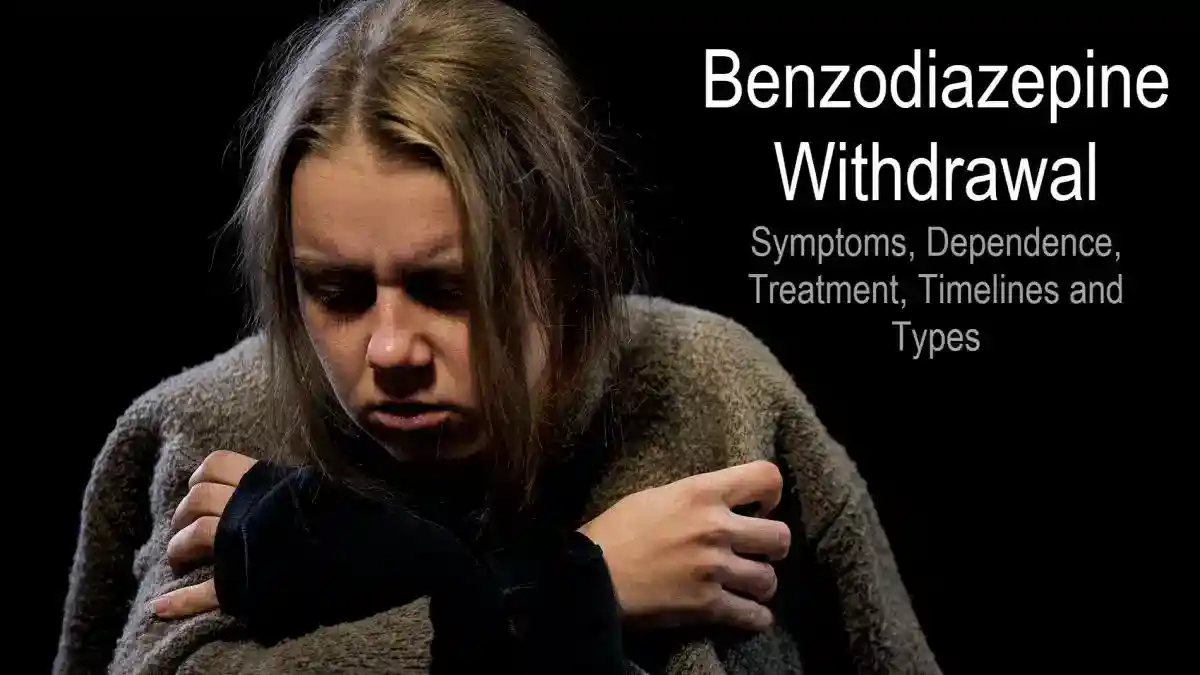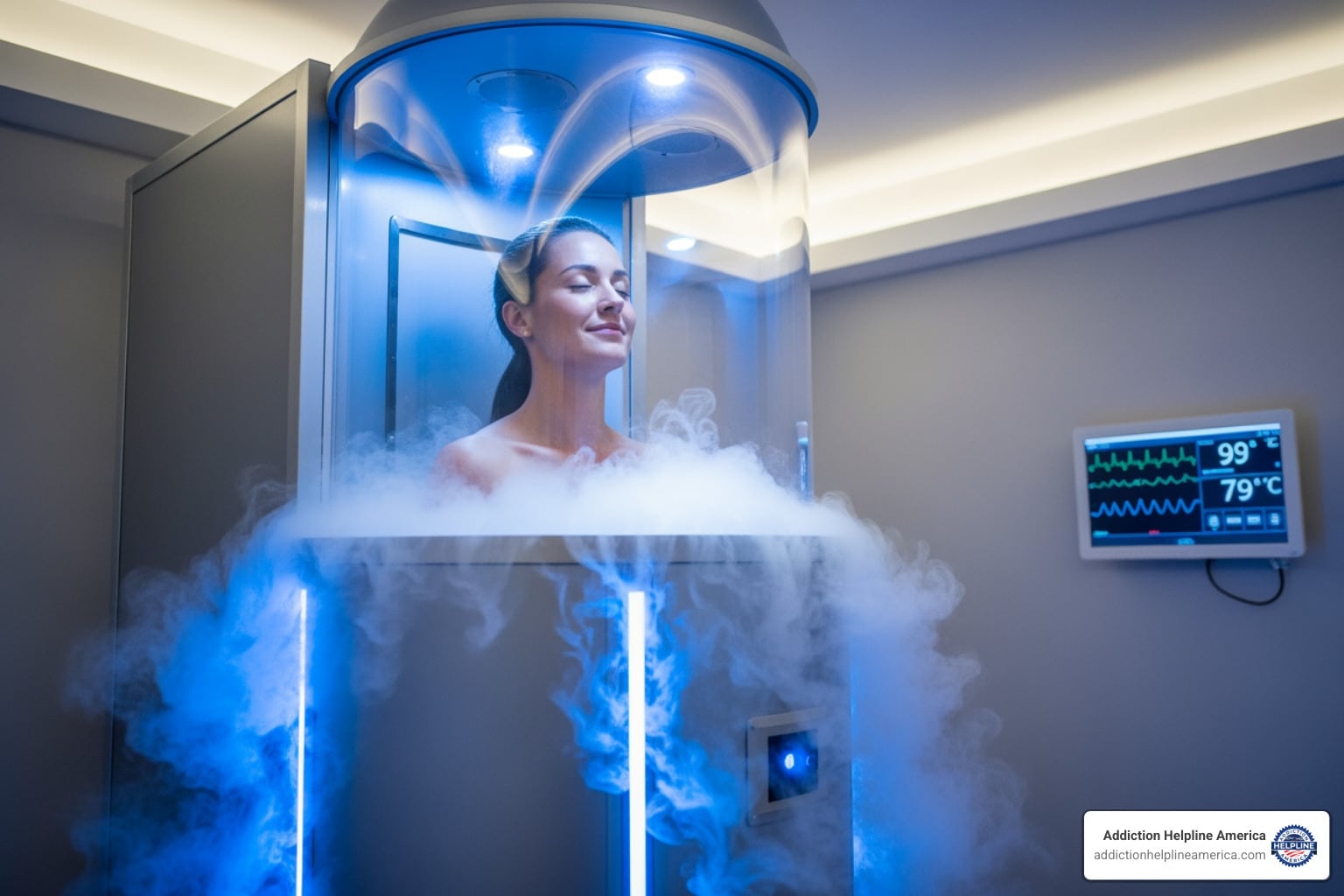
Understanding Cryotherapy as a Potential Tool for Depression
Cryotherapy for depression is an emerging approach using extreme cold to potentially improve mood. If you’re searching for relief beyond traditional treatments, this alternative may be on your radar. It involves standing in a chamber cooled to between -200°F and -300°F for a few minutes, which may trigger feel-good chemicals and reduce inflammation linked to depression. While the science is young, some research shows promise when it’s used with standard care.
Quick Answer: Does Cryotherapy Help Depression?
- What it is: Whole-body cryotherapy (WBC) exposes your body to temperatures between -200°F to -300°F for 2-4 minutes
- How it may work: Cold exposure may trigger endorphin release, reduce inflammation, and increase mood-boosting neurotransmitters like norepinephrine
- Current evidence: Small studies show promising results when used alongside traditional depression treatments
- Important: Cryotherapy is not FDA-approved for depression and should not replace proven treatments like therapy or medication
- Best used as: An add-on therapy to support conventional depression treatment
Addiction Helpline America connects people with evidence-based mental health resources. While we explore emerging approaches like cryotherapy for depression, we stress the importance of comprehensive care for mental health and substance use challenges.
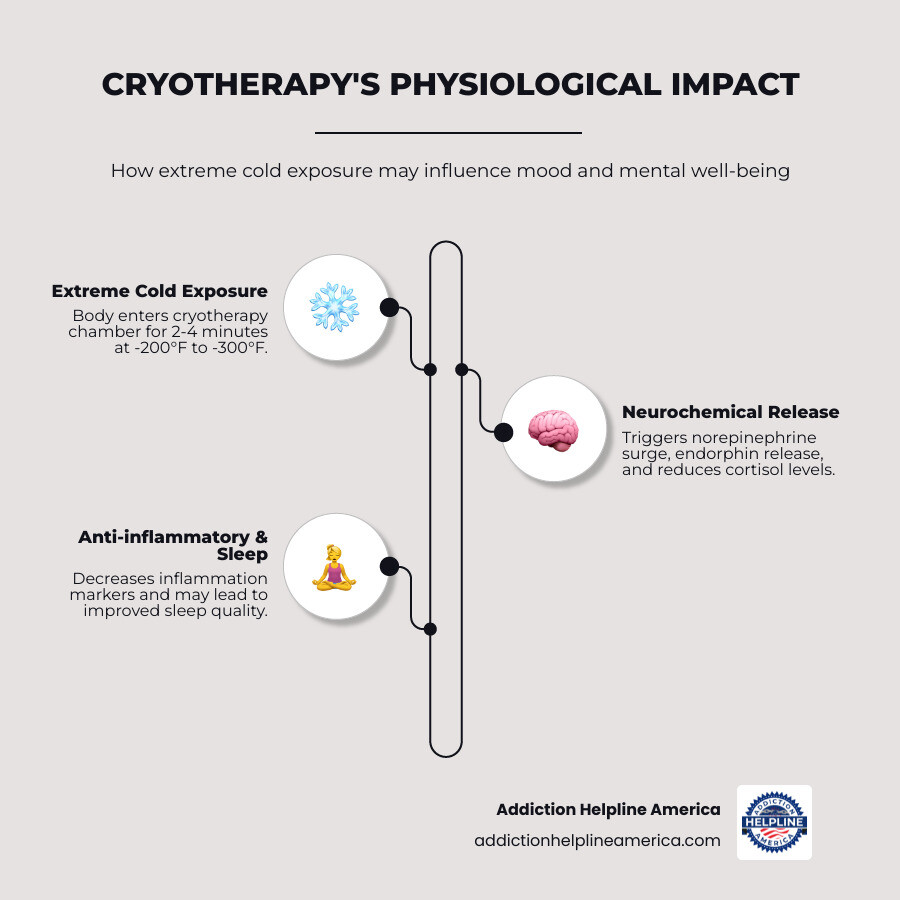
Relevant articles related to cryotherapy for depression:
Introduction to Cryotherapy and Mental Health
The search for effective mental health solutions is ongoing, leading to interest in alternative approaches like cryotherapy for depression. While using cold for healing isn’t new, applying it to mental health conditions like depression and mood disorders is a more recent development with promising early results.
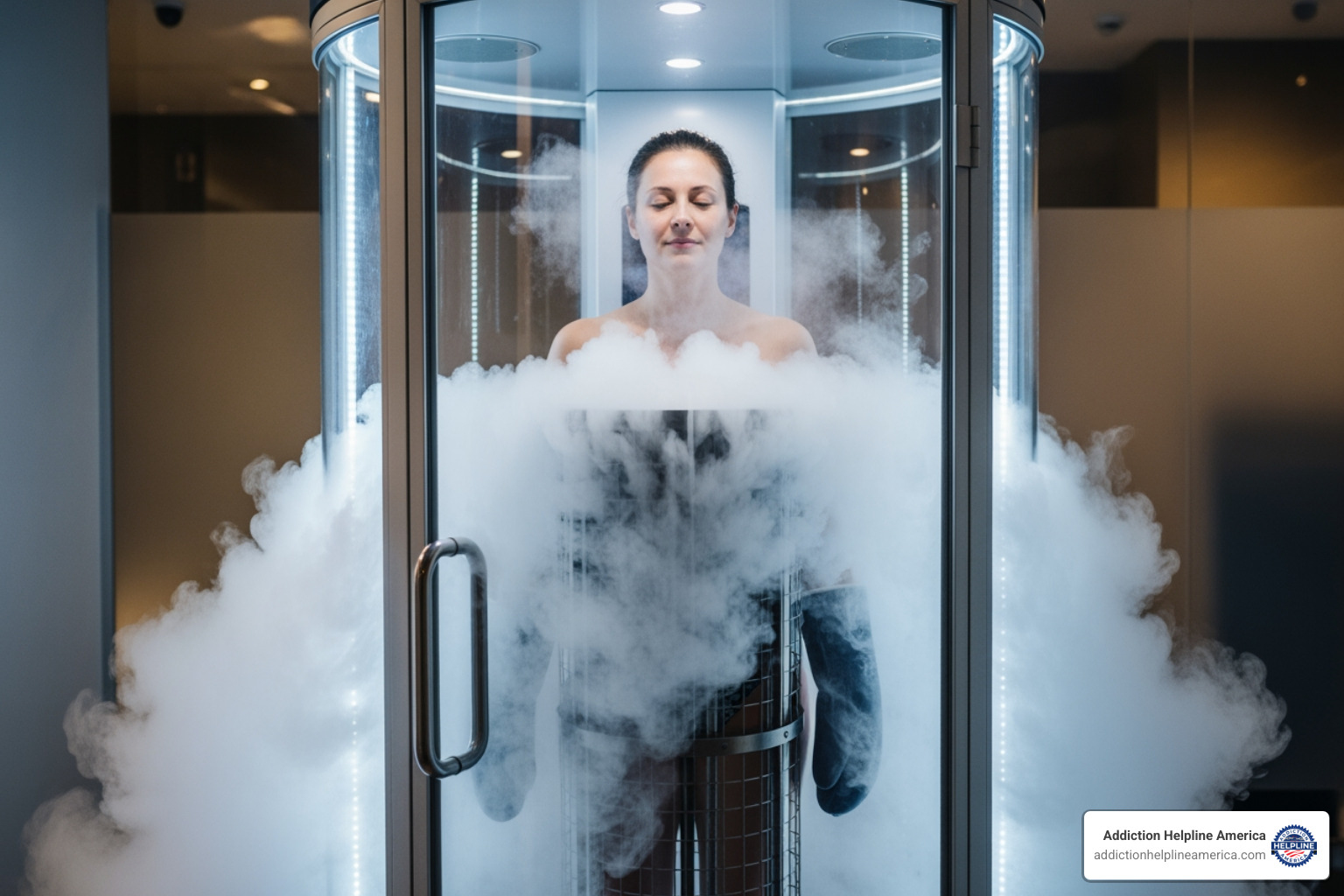
What is Cryotherapy?
Cryotherapy means using extreme cold for health purposes. While localized cryotherapy targets a specific area (like an ice pack), Whole-Body Cryotherapy (WBC) is used for conditions like depression.
In WBC, you enter a chamber called a cryosauna where your body is exposed to temperatures between -200°F and -300°F for about 2 to 4 minutes. These sessions are typically offered in spa settings or wellness centers as a non-medical treatment, similar to a wellness service.
The Growing Interest in Cryotherapy for Mental Wellness
With millions affected by depression and traditional treatments not working for everyone, there is a growing search for new therapies. Cryotherapy has emerged as a potential add-on treatment to use alongside medication or therapy.
This holistic approach recognizes the connection between physical and mental health. By potentially reducing inflammation, lowering stress hormones, and improving sleep, cryotherapy may lead to better mental health and quality of life improvement.
At Addiction Helpline America, we know recovery is personal. We explore emerging options like cryotherapy for depression as potential tools in a comprehensive treatment plan, helping you find the right combination of treatments for your unique needs.
The Science Behind Cryotherapy for Depression
The science behind cryotherapy for depression involves a series of physiological reactions to extreme cold that can affect brain chemistry, hormones, and inflammation.
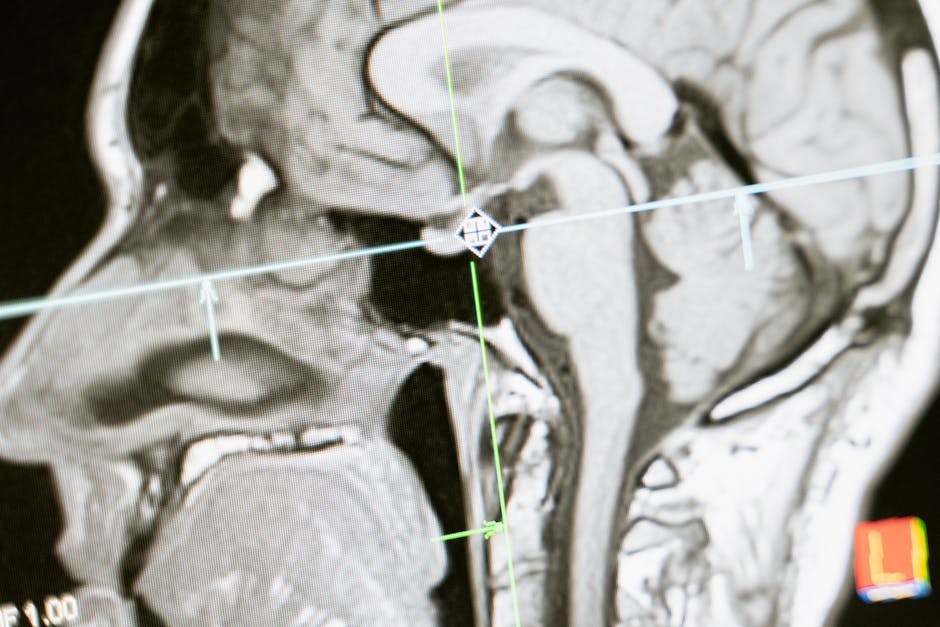
Proposed Mechanisms for Mood Improvement
Here’s a breakdown of how cold exposure may affect mental health:
- Endorphin Release: The body’s stress response to extreme cold includes releasing endorphins, natural mood-lifters and painkillers.
- Cortisol Reduction: Cold exposure may help lower levels of the stress hormone cortisol, which is often liftd in people with depression.
- Norepinephrine Surge: The cold triggers a significant boost in norepinephrine, a neurotransmitter linked to mood, focus, and energy that is often low in depression.
- Anti-Inflammatory Effects: Cryotherapy is known to reduce systemic inflammation, a factor increasingly linked to depression.
- Vagus Nerve Stimulation: Cold exposure can activate the vagus nerve, which helps regulate mood. Vagus nerve stimulation is an existing treatment for some forms of depression.
- Improved Sleep Quality: By reducing pain, inflammation, and stress hormones, cryotherapy may lead to better sleep, which is crucial for mental health.
What the Research Says About Cryotherapy for Depression
Research on cryotherapy for depression is new but encouraging, particularly when used as an add-on treatment. A key 2019 study published by the National Center for Biotechnology Information found that patients receiving cryotherapy alongside antidepressants showed greater improvement in symptoms than those on medication alone. Using scales like the Hamilton Depression Rating Scale (HDRS-17) and Beck Depression Inventory (BDI-II), researchers noted significant symptom reduction and better quality of life.
These randomized controlled trials suggest cryotherapy can be an effective adjunctive therapy, meaning it works with your existing treatment plan to boost its effectiveness, not replace it.
Beyond Depression: Other Potential Benefits
Cryotherapy has other benefits that can indirectly support mental health. Athletes use it for recovery, as confirmed by a 2017 review on athletic recovery, due to its ability to reduce inflammation and muscle soreness. It may also help with reduced chronic pain, improved cognitive function, and even some skin conditions. By improving overall physical well-being, these effects can be a valuable part of a comprehensive recovery journey.
What to Expect During a Cryotherapy Session
Knowing what to expect can make trying cryotherapy less intimidating. The experience is designed to be quick, safe, and supervised by trained professionals.

The Whole-Body Cryotherapy (WBC) Process
Here’s a typical walkthrough of a cryotherapy for depression session:
- Initial Consultation: You’ll discuss your health history with staff to ensure you’re a good candidate.
- Preparation: You’ll change into minimal clothing (like a swimsuit) and put on protective gear such as gloves, socks, and slippers to protect your extremities.
- The Session: You’ll step into the cryotherapy chamber or cryosauna for a brief 2-4 minute session. An operator is always present to monitor you. The intense, dry cold is often described as a tingling sensation. You can exit at any time.
- Post-Session: After stepping out, you’ll feel a rush of warmth. Many people report feeling energized and refreshed, likely due to the endorphin release.
Typical Duration and Frequency for Therapeutic Use
For therapeutic use, consistency is key. A single session is unlikely to provide lasting benefits for depression. Most centers recommend an initial series of sessions, often 10 to 20 sessions over a few weeks.
The treatment course duration is personalized, and cryotherapy is best used as an add-on therapy alongside your primary depression treatment. After an initial course, some people continue with less frequent maintenance sessions (e.g., once or twice a week) to sustain the benefits.
At Addiction Helpline America, we help you steer options like cryotherapy for depression and connect you with resources that fit your comprehensive treatment plan.
Safety, Risks, and Contraindications
Understanding the safety protocols and risks of cryotherapy for depression is essential before trying this treatment. While generally safe when performed correctly, it is not without potential dangers.

Potential Risks and Side Effects
Whole-Body Cryotherapy is not risk-free. The American Academy of Dermatology notes that improper use can lead to:
- Frostbite or skin burns from extreme cold exposure.
- Temporary numbness or tingling in extremities.
- Dizziness or lightheadedness post-session.
- A temporary spike in blood pressure due to blood vessel constriction.
Safety is highly dependent on the facility’s training, equipment, and protocols.
Who Should Avoid Cryotherapy?
Cryotherapy is dangerous for individuals with certain medical conditions. You should avoid it if you have:
- Cardiovascular conditions: Uncontrolled high blood pressure, recent heart attack, unstable angina, or severe hypertension (above 160/100 mmHg).
- Pregnancy: The effects on a developing fetus are unknown.
- Raynaud’s syndrome: The condition can be severely exacerbated by extreme cold.
- Seizure disorders or cold-activated asthma: The cold can trigger seizures or asthma attacks.
- Other conditions: Recent stroke, clotting disorders (like DVT), severe anemia, fever, acute illness, or open wounds.
This list is not exhaustive. It is crucial to consult your doctor before trying cryotherapy for depression. They can assess your personal health history and determine if it is a safe option for you.
At Addiction Helpline America, your safety is our priority. We help you find comprehensive, evidence-based treatment for depression. Call us for free, confidential guidance.
Cryotherapy in Context: A Comparative Look
It’s important to understand where cryotherapy for depression fits within the broader landscape of mental health care. It is not a replacement for established treatments but a potential complementary therapy.
Comparing Cryotherapy for Depression with Traditional Methods
Here’s how cryotherapy compares to standard depression treatments:
- Traditional Antidepressants: These are well-researched medications that adjust brain chemistry. They are taken daily and can take weeks to become fully effective, with potential side effects.
- Psychotherapy: Talk therapy, like Cognitive Behavioral Therapy (CBT), provides tools to change thought patterns. It requires a regular time commitment and is a proven, evidence-based treatment.
- Electroconvulsive Therapy (ECT): This is a highly effective but more intensive option for severe, treatment-resistant depression.
Cryotherapy for depression differs significantly. Sessions are brief (2-4 minutes), and multiple sessions are needed. The primary distinction is its adjunctive role—it is designed to work alongside primary treatments like medication and therapy, not replace them. While research shows promise for this supportive role, it lacks the extensive data of traditional methods.
Addiction Helpline America helps you build a comprehensive plan that may combine traditional and complementary options like cryotherapy, always prioritizing safety and evidence.
Limitations of Current Research
While the potential of cryotherapy for depression is exciting, it’s crucial to acknowledge the research limitations:
- Small Study Sizes: Most studies have been small, and larger clinical trials are needed for confirmation.
- Lack of Long-Term Data: We know little about the long-term effects or its impact on relapse rates.
- Placebo Effect Challenges: It’s difficult to design studies where participants don’t know if they’re receiving the treatment, making it hard to isolate the specific effects of the cold.
- Need for Diversity: More research is needed across diverse populations to ensure the findings are broadly applicable.
Crucially, all reputable studies position cryotherapy as an add-on treatment, not a standalone cure. It is a supportive tool, not a replacement for proven therapies. These limitations mean we are still learning, and you should view cryotherapy as one potential piece of a larger recovery plan.
Conclusion: Is Cryotherapy a Viable Option for Your Depression?
After exploring cryotherapy for depression, it’s clear that it’s a treatment of both promise and precaution.
The science is compelling: extreme cold exposure can trigger endorphin release, boost norepinephrine, and reduce inflammation. Early research using scales like the HDRS-17 and BDI-II shows that it may improve symptoms when used as an add-on therapy.
However, it’s crucial to remember the limitations. Cryotherapy is not a replacement for proven treatments like therapy or medication. It is not FDA-approved for depression, research is still in early stages, and it carries real risks like frostbite and increased blood pressure. It is unsafe for people with certain conditions, including cardiovascular issues, pregnancy, severe hypertension, and seizure disorders.
So, is it a viable option? The answer depends on your unique situation. For some, it might be a helpful addition to a comprehensive treatment plan. For others, different approaches will be more suitable.
The importance of medical advice cannot be overstated. Before trying cryotherapy, you must speak with your doctor. They can help you weigh the potential benefits against the risks based on your personal health history.
Navigating mental health treatment can be overwhelming, especially when dealing with co-occurring substance use challenges. Addiction Helpline America is here to provide free, confidential, personalized guidance. We connect people to our network of reputable treatment centers and resources across the country.
Whether you’re considering emerging options like cryotherapy or seeking traditional care, we can help you find a personalized treatment plan that improves your quality of life. Your recovery journey doesn’t have to be walked alone.
If you’re struggling, reach out today. Let us connect you with the support you deserve.
Our helpline is 100%
free & confidential
If you or someone you care about is struggling with drug or alcohol addiction, we can help you explore your recovery options. Don’t face this challenge alone—seek support from us.
Programs
Resources
Will my insurance
cover addiction
treatment?
We're ready to help
Find the best
drug or alcohol treatment
center
Are you or a loved one struggling with addiction? Call today to speak to a treatment expert.


